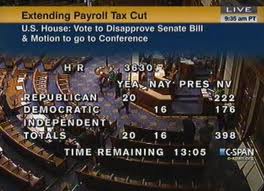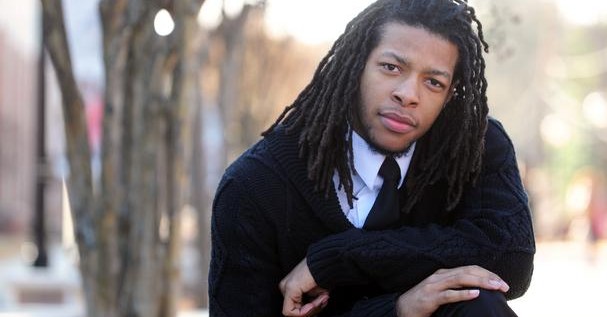Black Children Leaving Large U.S. Cities in Droves, Analysts Say For a Variety of Reasons

 A catastrophic flood emptied New Orleans of much of its black youth. Powerful social forces may be doing a similar thing to places like Harlem and Chicago‘s South Side.
A catastrophic flood emptied New Orleans of much of its black youth. Powerful social forces may be doing a similar thing to places like Harlem and Chicago‘s South Side.
Over the past decade, the inner-city neighborhoods that have served for generations as citadels of African–American life and culture have been steadily draining of black children.
Last year’s census found that the number of black, non-Hispanic children living in New York City had fallen by 22.4 percent in 10 years. In raw numbers, that meant 127,058 fewer black kids living in the city of Jay Z and Spike Lee, even as the number of blackadults grew slightly.
 Demographics experts said a combination of factors appeared to be at work. Americans in general are having fewer children than they once did, due mostly to increased use of birth control. That has been true, too, among black mothers. Teen pregnancy rates among blacks have also plummeted.
Demographics experts said a combination of factors appeared to be at work. Americans in general are having fewer children than they once did, due mostly to increased use of birth control. That has been true, too, among black mothers. Teen pregnancy rates among blacks have also plummeted.
The same pattern has repeated from coast to coast. Los Angeles saw a 31.8 percent decline in its population of black children, far surpassing the 6.9 percent drop in black adults. The number of black children in Atlanta fell by 27 percent. It was down 31 percent in Chicago and 37.6 percent in Detroit. Oakland, Calif., saw a drop of 42.3 percent, an exodus that fell only 6 percentage points below the decline in flood-ravaged New Orleans.
Overall, the census found nearly a half-million fewer black children living in the 25 largest U.S. cities than there were a decade earlier. By comparison, the number of black adults living in big cities has hardly budged.
 Demographics experts said a combination of factors appeared to be at work. Americans in general are having fewer children than they once did, due mostly to increased use of birth control. That has been true, too, among black mothers. Teen pregnancy rates among blacks have also plummeted.
Demographics experts said a combination of factors appeared to be at work. Americans in general are having fewer children than they once did, due mostly to increased use of birth control. That has been true, too, among black mothers. Teen pregnancy rates among blacks have also plummeted.But the more significant trend, experts said, may be a migration by young black parents to the suburbs.
For many, that pull of a place with safer streets, higher-achieving schools and more housing space for the dollar has apparently simply overridden any desire to stay in flawed inner-city neighborhoods, simply because they are black capitals.
“I’d been in Harlem for 16 years, and when I first came, I was young, and I was excited and it was a Mecca. But progressively each year, it got rougher and rougher to be here,” said Rachel Noerdlinger, a publicist whose clients include the Rev. Al Sharpton. “The violence. The profiling by the cops. I just started to get really, really frustrated.”
Finally, she decamped across the Hudson River to the suburban quietude of Edgewater, N.J., taking her 14-year-old son with her.
“He misses Harlem. He’s a teenage boy who, unfortunately, grew up here. Edgewater is quiet and slow. He’s constantly complaining,” Noerdlinger said. But as for herself, she said: “I’m in heaven. I just love it. … If I had done this 20 or 16 years ago, I would be a completely different person.”
In several cities, the change has come just as historically black neighborhoods have been making a steady recovery from decades of horrific decay and neglect.
Oakland, a city fraught for years with violence and high poverty rates, has at last been experiencing a renaissance, but the number of white hipsters, Asians and Hispanics moving in has been outpaced by the number of black families that have disappeared.





IAmNotARapper: RT RT: Black Children Leaving Large U.S. Cities in Droves, Analysts Say For a Variety of Reasons http://t.co/ZyP4pBgi